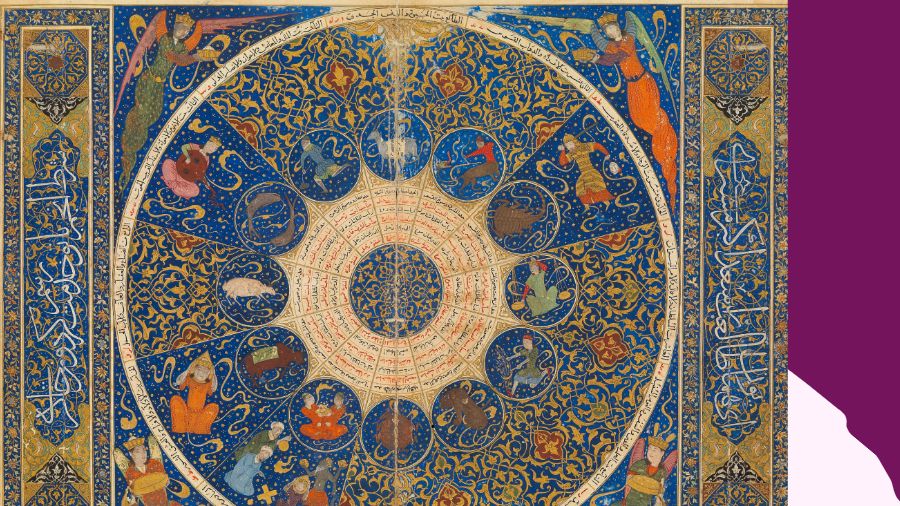Abstract
Year 1401 Sh/ 2022-23 CE is the centennial of Iran’s official calendar. It also denotes the endurance of Persian solar timekeeping and its unique place in temporal awareness throughout Iran’s history. With Nowruz festival at its heart (celebrated on vernal equinox), the Persian solar calendar has been in uninterrupted use throughout the Iranian world at least since the Achaemenid Empire of the 6th century BC. Concurring with nature’s seasonal turn, this solar calendar cultivating function allowed it to survive even the introduction of the lunar Hijra calendar, which came with Islamic conquest of the seventh century CE. It went through a number of calendrical corrections but it was only in 1911, during the Constitutional Revolution, that a greater need for an accurate and universal timekeeping persuaded the Constitutionalists to adopt a new version of the Persian solar calendar with Hijra (Mohammad’s immigration to Medina in 622 CE) as its starting point. By 1925 Zoroastrian names for months were reintroduced and it was ratified as Iran’s national calendar. The innovative marriage of the solar Persian calendar with the Hijra point of departure exhibited the two sides of Iran’s national identity: its time-reckoning memory of the ancient past and its Shi‘i Islamic loyalties. This calendar, today one of the two non-Gregorian in the world, resisted not only Christianization but imperial reorganization under the late Pahlavi era and onslaughts under the Islamic Republic, the latter mainly directed toward Nowruz. This essay aims to answer two interrelated questions: first, what are the circumstances leading to the adoption of the solar Hijra calendar? And second, how viable it is to view the Persian calendar as a distinct feature of Iran’s national identity, given all the challenges it has encountered over the past four decades? This essay is part of a forthcoming book in Persian, Gahshomari-ye Khorshidi va Hoviyyat-e Irani, which explores the cultural significance of timekeeping in Iran in pre-modern and modern times.


